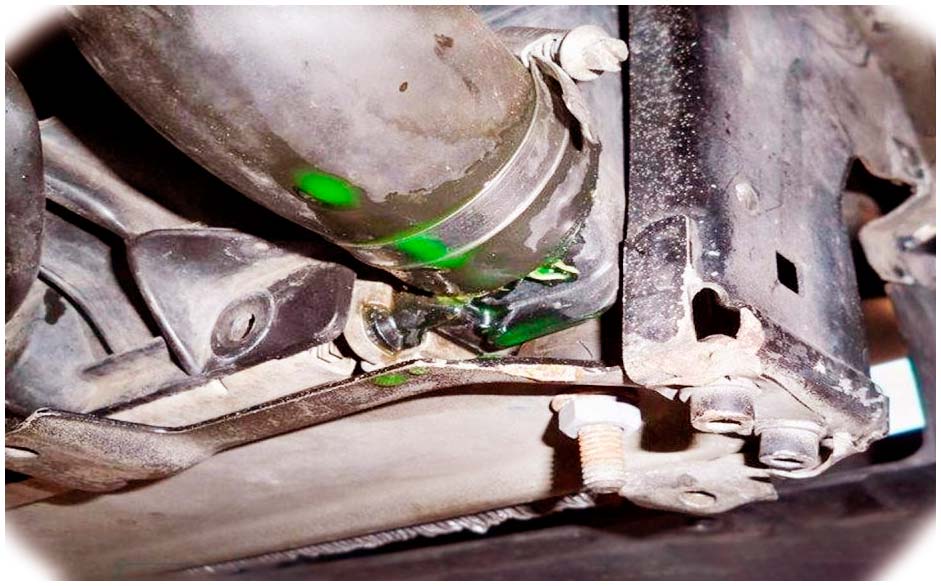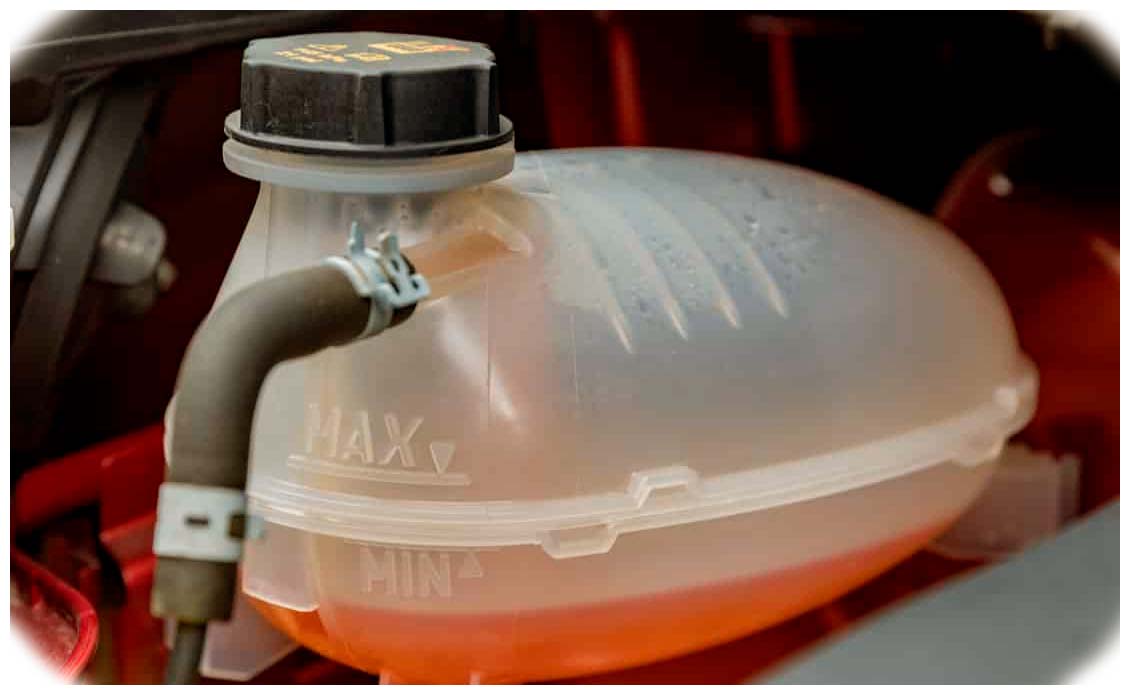It’s no secret that air in your radiator can cause a variety of problems for your car. When the air gets trapped in the radiator, it prevents the coolant from circulating properly, which can lead to overheating and inefficient performance of your vehicle. To ensure that your car is running efficiently and cooling properly, it’s important to know what symptoms to watch for and how to fix any issues that arise due to air being present in the system.
What are the Air in Radiator Symptoms?
The most common symptoms of air being present in your radiator are:
-
Coolant Leaks: If you notice coolant leaking from your radiator, this could be a sign that there is an airlock in the system. The coolant is not able to circulate correctly, which can cause it to leak from the system and onto your engine or on the ground.
-
Poor Efficiency and Overheating: When an airlock is present, it prevents your car’s coolant from circulating properly and can cause it to overheat much faster than normal. This can lead to reduced engine performance as well as other problems such as excessive smoke or even engine failure if left unchecked for too long.
-
Low-Level Coolant Reservoir: If your car has a low level in its coolant reservoir, this could be a symptom that there is an airlock in the radiator system. As the air prevents the coolant from circulating correctly, it may not reach certain parts of the cooling system, leading to lower levels at certain points such as in the reservoir tank.
Causes of Air Being Present in Your Radiator System
There are several causes of air being present in the radiator system. These include:
-
A leak in the hoses or radiator – If there is a crack or hole in either the radiator or its hoses, this can allow air to get into the coolant system and create an airlock.
-
A faulty coolant cap – If your car’s coolant cap isn’t properly secured and creates a vacuum seal, then this could be allowing air to enter the system and create an airlock.
-
Low coolant levels – When your car’s coolant levels are low, it can cause pockets of air to become trapped due to insufficient pressure from the circulating fluid.
How to Fix an Air Lock in Your Radiator
When it comes to fixing an air lock in your car’s radiator, there are several steps you can take:
-
Bleeding the System: The first step is to “bleed” the system by loosening one of its hoses at a time (usually at the top) and draining any excess air that has built up inside. This should be done until no more bubbles come out of the hose.
-
Check for Leaks: After the system has been bled, it’s important to check for any leaks that may be present in the hoses or radiator itself. If any are found, they should be repaired before continuing with the airlock fix.
-
Determining Whether You Need Professional Assistance: In some cases, an airlock can be difficult to fix and may require professional assistance. If you’re unable to resolve your issue after bleeding the system and checking for leaks, then it may be best to take your car to a mechanic so they can diagnose and repair any underlying issues that could have caused the airlock in the first place.
Conclusion
Air in your car’s radiator can lead to a variety of problems such as coolant leaks, poor engine performance, and overheating if left unchecked for too long. It’s important to know what symptoms to look out for and how to fix any issues if they arise due to air being present in your radiator system. By following these steps such as bleeding the system, checking for leaks, and determining whether professional assistance is necessary; you will be well on your way towards fixing any airlock issues and keeping your car running smoothly.


 Coolant Leaks: If you notice coolant leaking from your radiator, this could be a sign that there is an airlock in the system. The coolant is not able to circulate correctly, which can cause it to leak from the system and onto your engine or on the ground.
Coolant Leaks: If you notice coolant leaking from your radiator, this could be a sign that there is an airlock in the system. The coolant is not able to circulate correctly, which can cause it to leak from the system and onto your engine or on the ground. A faulty coolant cap – If your car’s coolant cap isn’t properly secured and creates a vacuum seal, then this could be allowing air to enter the system and create an airlock.
A faulty coolant cap – If your car’s coolant cap isn’t properly secured and creates a vacuum seal, then this could be allowing air to enter the system and create an airlock.
Add Comment